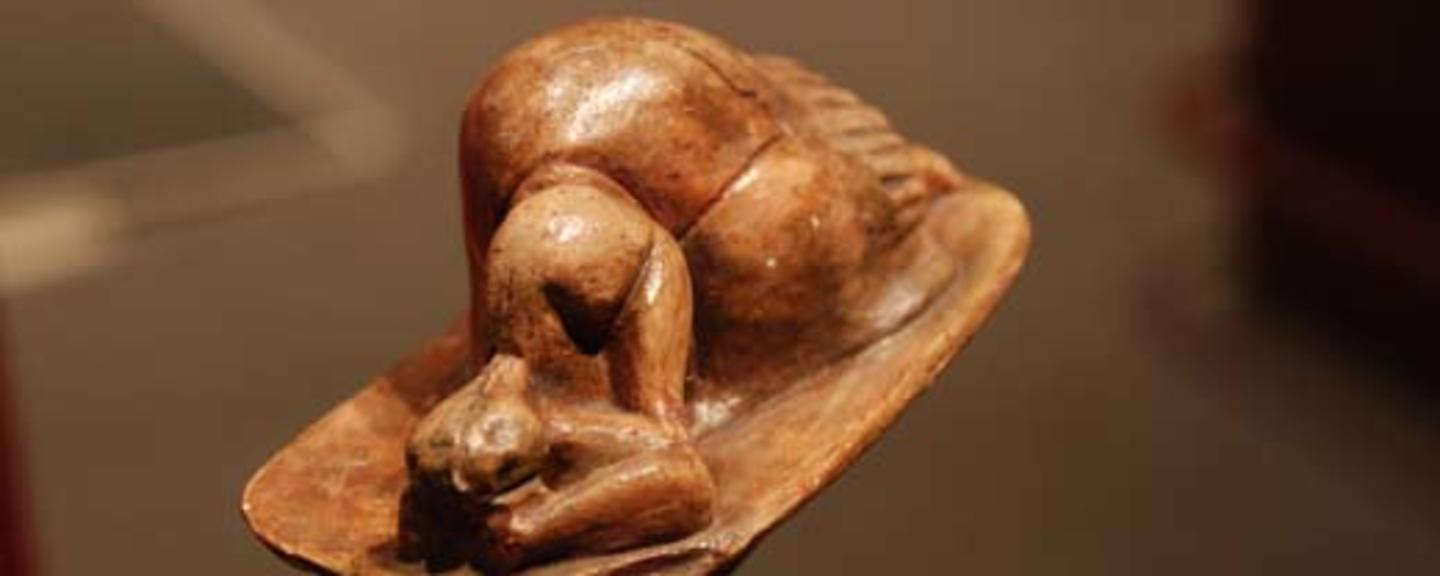The Hal Saflieni Hypogeum, a complex of subterranean stairs and chambers not far from Malta’s capital Valetta, is a unique monument that outdates the Egyptian pyramids and has survived for over 5000 years. It was discovered by changes in 1912 by a workman who was laying the foundations of some new buildings. The hypogeum is now inscribed on UNESCO’s World Heritage list. It is one of the very few sites, if not the only one, that can be dated to the New Stone Age – the Neolithic period.
Burial site, sanctuary and temple complex
The Hypogeum is constructed on 3 levels with halls, chambers and passages hewn out of the rock. The lower level is about 10 metres underground. The complex covers an area of around 500 m2. The exact purpose of the Hypogeum is still unknown, but the chambers were certainly used for some burials (the remains of 7000 bodies have been found) together with ornaments and pottery, but averaged out this was not many burials per year. Use as a sanctuary and temple complex seems also fairly certain.
Tourism to a halt in 1990s
This complex is unique, and for many visitors to Malta a visit to the Hypogeum is at the top of their list even though there has never been a shortage of historic sites to visit on the island. However, the floods of tourists to this particular site throughout most of the 20th century contributed to the pressure and damage that the complex suffered.
The restoration and preservation of the remaining underground part was absolutely essential when the Hypogeum, perhaps a little late in the day, was closed to tourists at the start of the 1990s. Up to that time it had been visited by increasingly large groups of tourists who were allowed to wander more or less freely without being accompanied by a guide to supervise them or provide information. It was then closed for 10 years and walkways and lighting were installed. Drastic measures have now been taken to limit admission to the Hypogeum. No more than 10 people are allowed in at a time and the daily quota has been slashed to 80 people. It is also the intention to install a ‘virtual room’ for visitors, where they can “walk around” the complex and view it with the help of modern data equipment without having to visit it in reality.
Reliable climate data
The lighting underground is subdued so that the painted colours will not fade too much, and attempts have been made to regulate the temperature and monitor the humidity. The ideal temperature is 19 C with 90% humidity. If there is a drier atmosphere, the deposits of salt crystallize; if it becomes damper, this stimulates the growth of troublesome algae that destroy the red ochre colours – resembling those in cave paintings – and the stone itself. The humidity is particularly worrisome in Malta’s special summer climate. If the number of tourists is too high, there is a risk of an increase in carbon dioxide which will in turn contribute to the erosion and disintegration of the complex. The hygrometers which have been in use here for the past years have tended to get destroyed too quickly by the humidity. Nor do they present the data in a form that is easy to analyse. The support from the Norway Grants will be used to procure the exact technical equipment needed here to monitor and provide reliable climate data for analysis and to provide the basis for future conservation actions.
Malta's cultural heritage is extremely rich and varied, both because the settlement dates back more than 7000 years and because so many – friends as well as foes – have taken part in the shaping of Malta’s history. With a population of only 400,000, the Maltese have a considerable need for both experts and financial contributions in the work of ensuring that these cultural treasures are safeguarded and preserved.
Photo: Thomas Dimech, Heritage Malta
